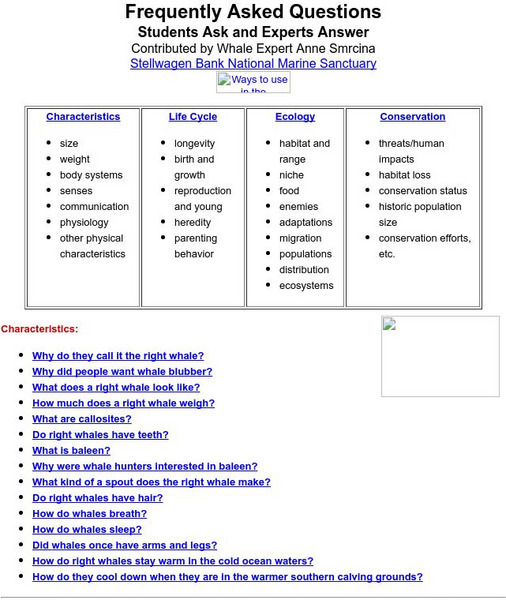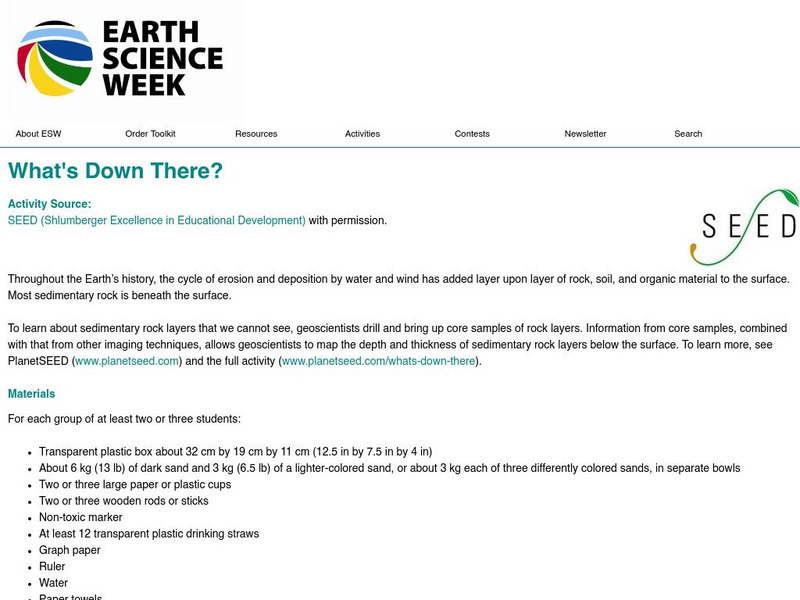Hi, what do you want to do?
TeachEngineering
Teach Engineering: Environment
Through 10 lessons and more than 20 hands-on activities, students are introduced to the concept of an environment and the many interactions within it. As they learn about natural and human-made environments, as well as renewable and...
NASA
Nasa: Oceanography
Join NASA in its study of oceanography and learn about the Earth system, the physical ocean, and life in the ocean. Try out the Giovanni: Earth Data Visualization Tool and access satellite-derived data to enhance the learning experience.
PBS
Pbs Learning Media: Nisqually Glacier at Mount Rainier
Observe the Nisqually Glacier at Mount Rainier in this video segment from NatureScene. [4:07]
Other
Port Discovery Children's Museum: Stem at Home: How to Diy Cloud in a Bottle
Do you ever wonder what happens when a cloud gets too full? Find out in this easy and fun experiment.
American Geosciences Institute
American Geosciences Institute: Earth Science Week: Sea and Ice Salinity
Students investigate the effects of salinity on the formation of sea ice, and whether salt water freezes more quickly or more slowly than fresh water.
ClassFlow
Class Flow: Chemical Kinetics and Alkane Nomenclature
[Free Registration/Login Required] This flipchart covers essential concepts of factors that affect a chemical reaction and nomenclature of Alkenes.
Annenberg Foundation
Annenberg Learner: Journey North: Right Whales
A comprehensive article that answers a number of questions about the right whale. Questions deal with characteristics, life cycle, ecology and conservation. This site also contains lessons and activities that can be used in the...
PBS
Pbs Teachers:biodome
Investigate biological systems that support plant life by constructing a self-sufficient, enclosed environment for growing plants.
My Science Site
Groundwater: Nature's Hidden Treasure [Pdf]
This resource provides an extensive unit on "The extent and importance of groundwater in Canada." Incorporates other subject areas other than science such as math, history, art and local research. A test is provided at the end and...
Enchanted Learning
Enchanted Learning: Pond Life Animal Printouts
Filled with printable pages of both plant and animal pond life, Enchanted Learning features fact sheets with color pictures.
American Geosciences Institute
American Geosciences Institute: Earth Science Week: What's Down There?
Students build a model to learn about the cycle of erosion and deposition by water and wind which deposits layer upon layer of rock, soil, and organic material to the surface.













